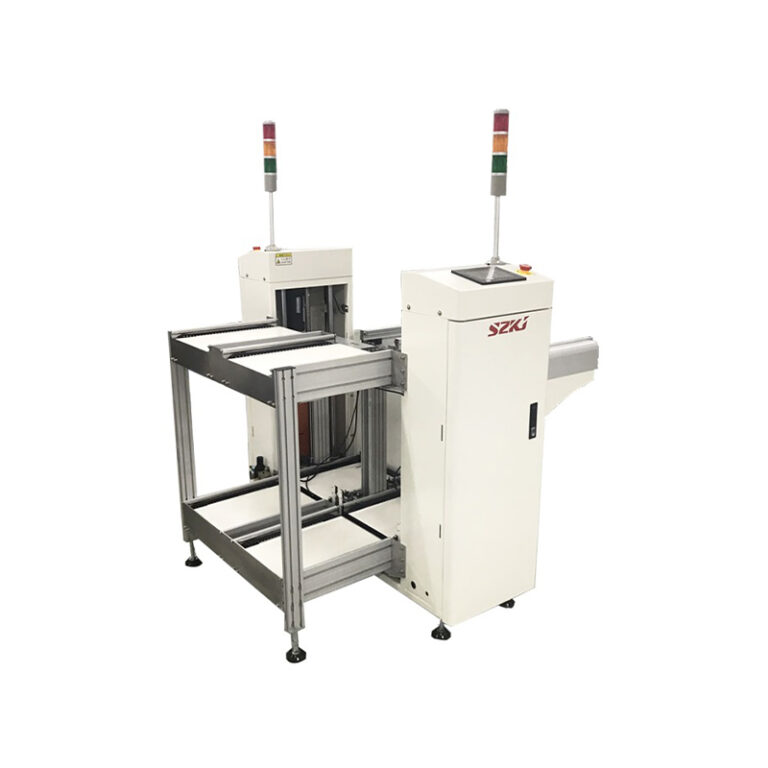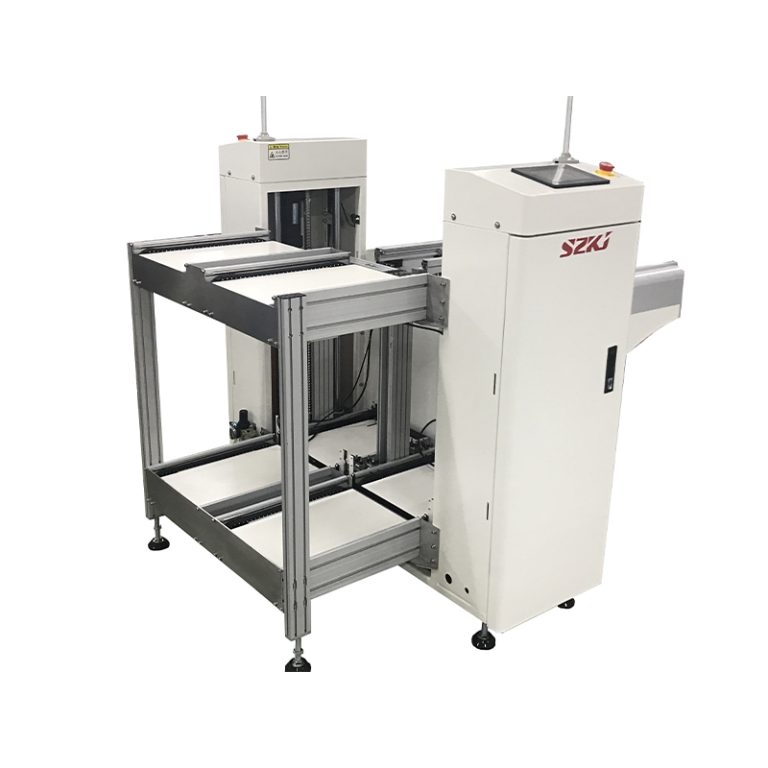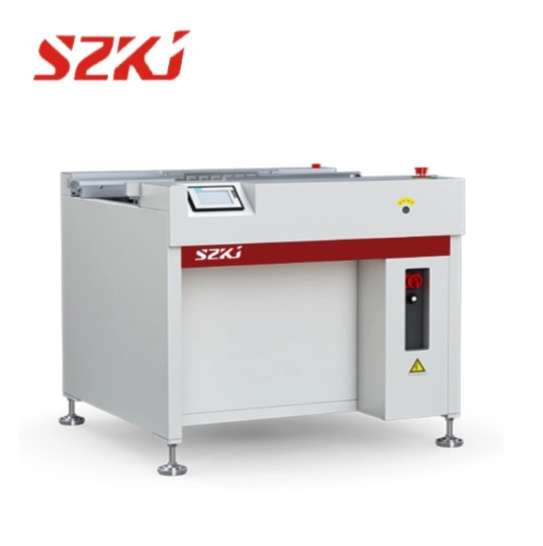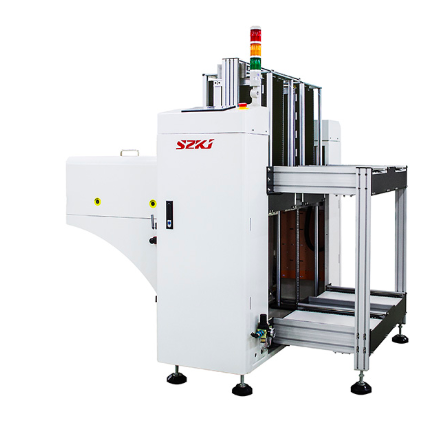Table of Contents
TogglePrecision and efficiency are the two top priorities in electronics production. The commissioning of machines is one of the key steps between installation and production and is the foundation of this process. Output consistency and peak performance mean SMT machine commissioning is done right.
This article looks at the commissioning process, its benefits, and how SMT cleaning machines are relevant to maintaining the quality level of the manufacturing process.
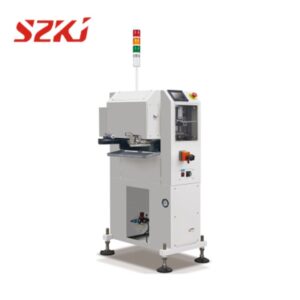
Electronics Manufacturing Machine Commissioning
Machine commissioning means installing, calibrating, and testing machines to operational standards. In SMT manufacturing it increases efficiency and product quality by integrating machinery into processes.
Often overlooked, proper commissioning ensures PCB cleanliness, a critical factor for reliability. Using SMT cleaning machines like the PCB-350-SZ from SZKJ which cleans solder stencils and misprinted boards is key to high-quality printed circuit boards (PCBs).
SMT Machine Commissioning Steps
Location and Tools Assessment
The site assessment is done before commissioning and covers safety measures, power supply, and environmental considerations to determine if it’s safe to start operation on the site. This is the second phase of the machine commissioning process.
Equipment Setup and Configuration
Machines like the PCB-350-SZ SMT Cleaning Machine are calibrated on-site, with fluid volume and cleaning cycle time confirmed to match production requirements, to ensure smooth operation and integration with production workflows.
Configuring the Parameters
Parameters ensure the machine operates within specified limits. In this phase, the focus is on cycle times, cleaning efficiency, cleaning stability and other operations. All issues identified must be addressed to prevent creating new problems while producing the products.
Operator Training
To ensure smooth machine commissioning, operators must be given sufficient training and guidance on operating the SMT machines. Training covers reviewing operational procedures, maintenance schedules, and problem-solving methods.
Common Issues and Solutions
Component Misalignment: Calibrate frequently during commissioning to avoid placement errors.
Contamination Issues: Dust and solder residue are removed efficiently with top-notch equipment like the PCB-350-SZ SMT Cleaning Machine.
Software Errors: Keep software updated to improve functionality and minimize downtime.
Where SMT Cleaning Machines are Used
Aerospace, electronics, and medical industries are some of the industries that use SMT cleaning machines. Proper commissioning in SMT machines guarantees the production of high quality it is crucial in the manufacture of medical devices and smartphones.
How to Choose the Right SMT Cleaning Machine
Choose an SMT cleaning machine based on contaminants, cleaning speed, and compatibility. An example is the SMT Cleaning Machine from SKZJ which simplifies machine commissioning, ensuring seamless integration with advanced cleaning capabilities, reliability, and efficiency for maintaining PCB quality in production lines.
Conclusion
The success of modern manufacturing is greatly attributed to correct machine commissioning ensuring maximum efficiency of the SMT machines. This process guarantees efficiency, reliability, and quality throughout every production cycle of the equipment from set up through to fine-tuning.
For electric production to function effectively and succeed over time, the commissioning process is crucial, regardless of whether you are working with a refurbished line or starting from scratch on a new one. Contact SKZJ, as we have a line of SMT machines that can be useful to your companies.

